Urbanization not only changes the landscape structure due to land cover change, fragmentation of natural habitats, and creation of artificial habitats, it also changes the physical patterns of the environment: temperature, wind currents, rain patterns, light levels, or noise levels. For example, urbanization increases average temperature by between 3°C and 5°C, in comparison to nearby rural or natural areas, because of the lack of green areas and the excess of concrete and sealed structures that capture and keep the heat during the day. This phenomenon, the difference in temperature among adjacent areas or urban and non-urban, is called the heat island effect.
Urbanization also increases light levels at night, potentially changing the natural rhythm of activity of animals, such as periods of sleep and wakefulness. Higher light levels are also a cause of poor sleep quality among people in cities. Wind currents and rain patterns change more in cities with tall buildings. Tall buildings serve as barriers against the wind close to the ground, but increase the wind speeds at the building’s top; producing surface wind currents that are slow in some areas and fast in others, and higher winds moving outside the city area push out the rains, too.
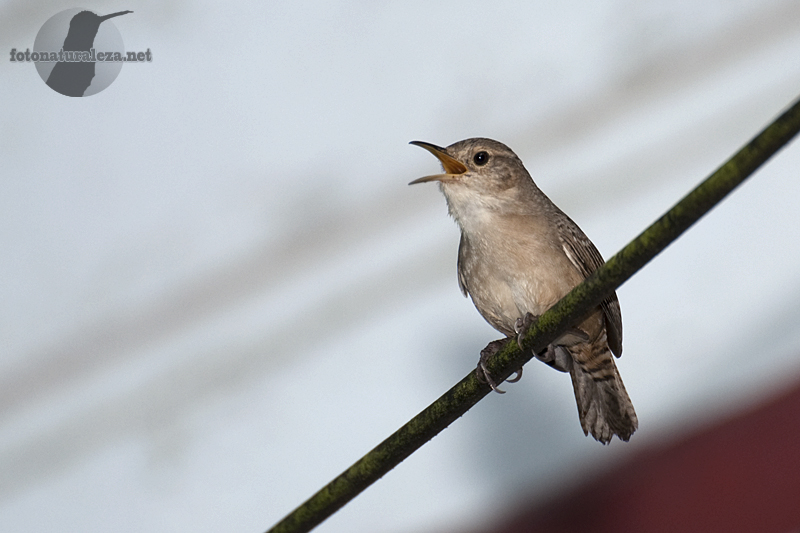
And cities are noisy places due to automobile motors, industrial motors, and people. The majority of these sounds occur at low frequencies below 5,000 Hz (humans hear between 200 and 20,000 Hz), and affect the sound communication of animals that produce vocalization below 5,000 Hz such as: insects (e.g., crickets), amphibians (e.g., frogs and toads), birds (e.g., robins, wrens, pigeons, sparrows, or owls), and mammals (e.g., squirrels, monkeys, and wolves). If this noise level means we must talk louder when conversing with a friend on the street or by cell phone, we need to be concerned with how the noise pollution levels we are produce affect the animals that inhabit or survive in or around urban environments. Some species can adapt and survive the effects of noise pollution, however others will probably be extinct from cities because they cannot communicate effectively, although they have the right habitats to survive.
All of these ways in which cities alter the environment also affect how people and animals behave. Here I just want to address the effect of noise on animals’ sound communication, including examples of how noise produces changes in the behavior of animals and changes to the characteristics of songs that they produce either spontaneously or over time. It is important to understand how animals adapt or avoid those noise levels, because it could give us information on how we are changing the noise environment in the cities and if those changes might affect us too.
The study of the noise pollution on animal communication gained much attention in 2003 when Hans Slabbekoorn and Margriet Peet published their investigation titled “Birds sing at a higher pitch in urban noise” in the journal Nature. They showed that Great Tits (Parus major) that inhabit urban areas sing songs with higher minimum frequency and the value of this frequency increased when noise levels increased. In terms of a human voice, this is analogous to a city dweller with a deep voice (e.g., bass, baritone, or alto range) speaking with a higher voice (e.g., tenor or soprano) to be heard over the increased city noise levels, because deep voices are less effective in communicating with other people. This pattern of singing at higher song frequencies also occurs in different species such as crickets, toads, and several bird species; in cities around the world and even in aquatics environments where boat motors are abundant. This effect of singing at higher frequencies could be problematic in animal communication, particularly for animals that cannot increase the minimum frequency of the songs, rendering them unable to communicate with other individuals of their species and reducing the probability of reproducing or defending their territories.
One response to avoiding the effect of noise pollution without changing the frequency is to increase the song volume (song energy amplitude), this phenomenon is called the Lombard effect, and anyone that has been to a concert, party, or meeting with music played at high volume does this to communicate with those around us. As we know from experience, to speak at a higher volume than normal for an extended period of time produces fatigue and reduces the quality of our voice. Animals experience similar fatigue when they sing at a higher volume in cities in order to communicate. For animals to compensate for the excess fatigue they must eat more to recuperate their energy, and decrease the amount of daytime singing, as compared to places with lower noise pollution.
Noise pollution also affects animals’ behavior in ways not necessary related with singing characteristics. For example, vigilance behaviors increase because animals are not able to detect predator presence due to ambient noise interference. Increased vigilance behaviors also decreases time available for feeding, reducing the energy intake, affecting the wellness of the animals, and reducing the reproductive success and survival because of lower energy levels and higher stress levels. Animals also change their singing activity associated with noise pollution. They shift the singing activity to hours where noise pollution is lower, for example before or after traffic peaks, or more volume on weekdays than on weekends. Additionally, other diurnal animals sing at night to communicate and avoid the daytime noise pollution. All of these changes probably also affect success of communication because singing at unusual time periods may affect the transmission of the sounds from the sender to the receiver due to wind currents or turbulence that increase the song degradation at closer distances. Singing at night may also reveal the position of the singer to predators increasing the probability of predation.
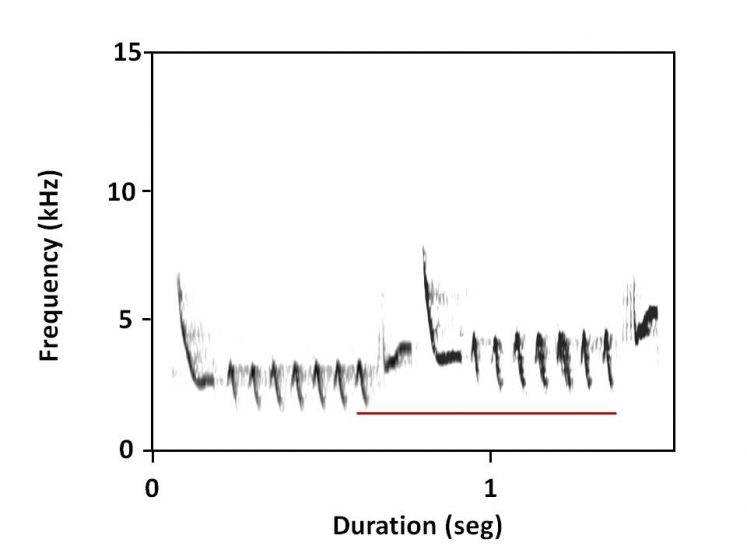
As we see here, noise pollution affects the song characteristics (frequency and energy) of animals inside cities, reducing the probability of communicating effectively with other individuals of the species. Additionally, noise pollution also affects the animal behavior reducing the time invested in feeding or producing song at unusual time periods. As humans living in cities, we are also affected by noise pollutions but our understanding how this affects us is limited to medical diagnosis of sick people. However, if we can develop a relationship between animals’ response to noise pollution and the occurrence of human sickness associated with higher levels of noise pollution, we can suggest corrective measures to reduce the noise pollution and positively affect both animals and humans that inhabit cities.
Furthermore, to know how animals are changing their songs to survive in or around cities could give us a better understanding of the capacities that animals have to modify their songs (this phenomenon is called plasticity, and we as human use it constantly to imitate other voices or to speak in a loud room), that in the end may result in changes of songs throughout time.
Luis Sandoval
San José

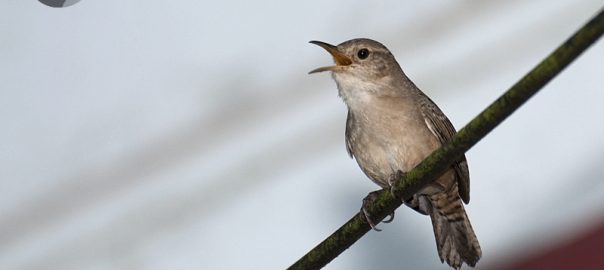






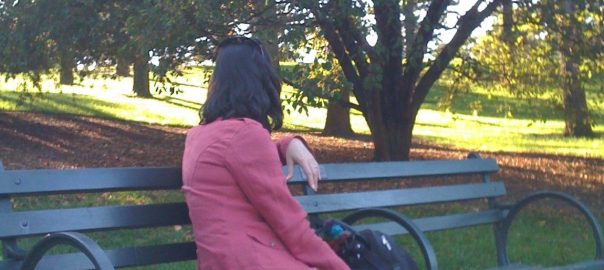
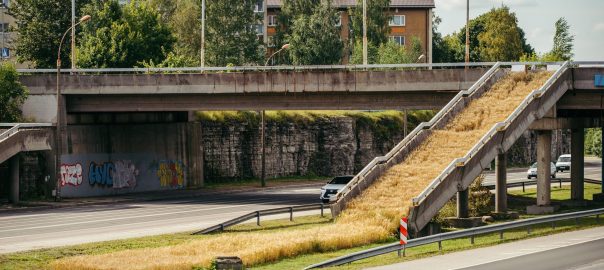
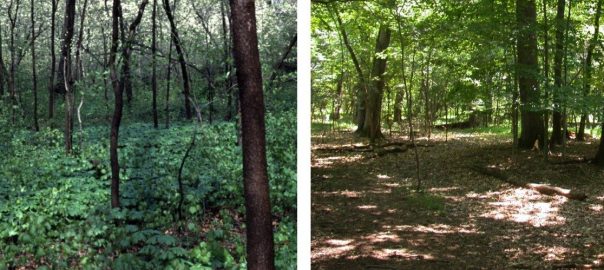

Add a Comment
Join our conversation